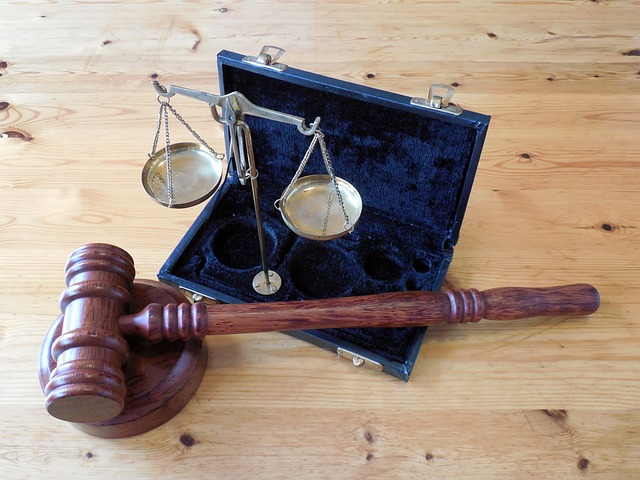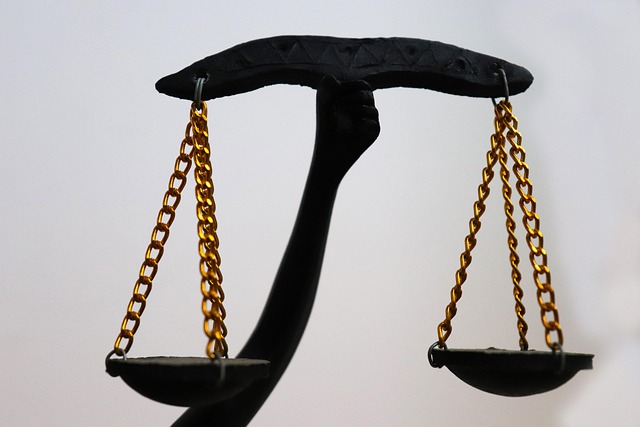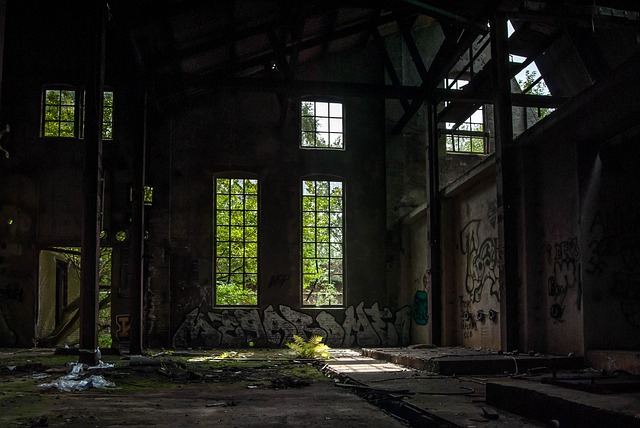Bike accidents resulting in broken bones can have significant, lasting impacts on physical and emotional well-being, requiring extensive medical treatment, lengthy recovery periods, and comprehensive support. The healing process involves both physical (inflammation, bone tissue formation) and psychological (emotional distress, anxiety, depression) components, emphasizing the importance of rest, proper nutrition, physical therapy, and psychological support. Rehabilitation focuses on regaining strength, mobility, and independence through intensive physical therapy, culminating in a safe return to daily routines and active lifestyles.
Recovering from a bike accident with broken bones requires comprehensive therapy, addressing both physical and psychological aspects. Understanding the impact of such injuries is crucial for effective healing. The article delves into the intricacies of the healing process, offering insights into rehabilitation and strategies for returning to active living after a bike accident involving broken bones. Essential psychological support and tailored care are highlighted, emphasizing a holistic approach to recovery.
- Understanding the Impact of Bike Accident Injuries
- The Healing Process and Psychological Support
- Rehabilitation and Returning to Active Living After Broken Bones from a Bike Accident
Understanding the Impact of Bike Accident Injuries
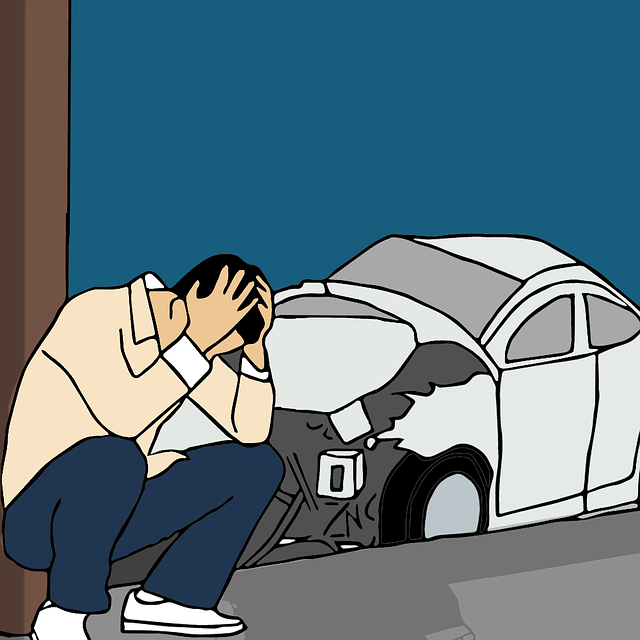
Bike accidents involving broken bones can have a profound impact on an individual’s physical and emotional well-being. The severity of these injuries often requires extensive medical intervention and rehabilitation, which can be a challenging and lengthy process. Many victims face months of recovery, during which they must learn to cope with limited mobility and pain.
Understanding the extent of the damage is crucial. Broken bones, especially multiple fractures, can lead to significant disability if not properly treated. In severe cases, bike accident victims may require surgical intervention, physical therapy, and even long-term care to regain strength and functionality. This experience can be emotionally taxing, impacting mental health and overall quality of life, thus underscoring the need for comprehensive support and therapy post-accident.
The Healing Process and Psychological Support
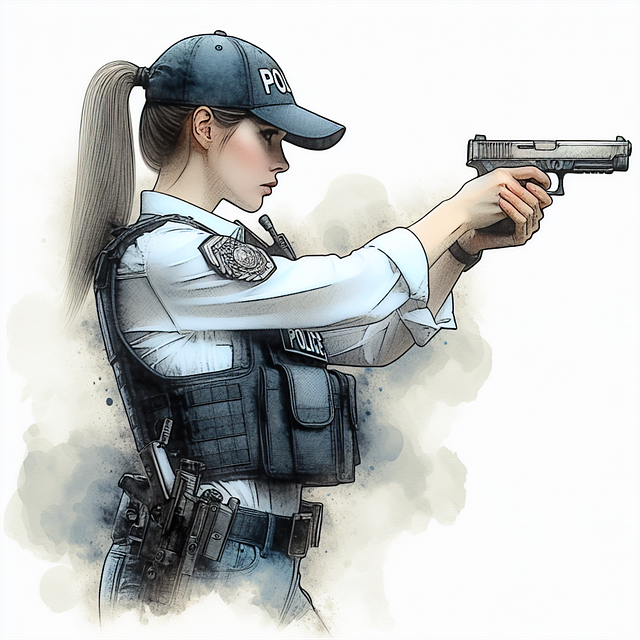
After a bike accident involving broken bones, understanding the healing process is vital for a full recovery. Initially, the body’s natural response to trauma involves inflammation and pain as the first stages of healing begin. Over time, the body forms new bone tissue to replace the damaged or missing bones, a process that can take several weeks or months depending on the severity of the injuries. During this period, rest, proper nutrition, and physical therapy become essential components of recovery.
Psychological support is equally crucial alongside physical healing. The aftermath of a bike accident with broken bones can lead to emotional distress, anxiety, and even depression. Victims may experience fear or paranoia around returning to activities they once enjoyed, such as riding a bike. Caregiver negligence or abuse during this vulnerable period can exacerbate these issues. Therefore, seeking professional help from therapists or counselors is recommended to address the mental toll of such accidents and facilitate a smoother transition back to normal life, mitigating the effects of car accident injuries.
Rehabilitation and Returning to Active Living After Broken Bones from a Bike Accident
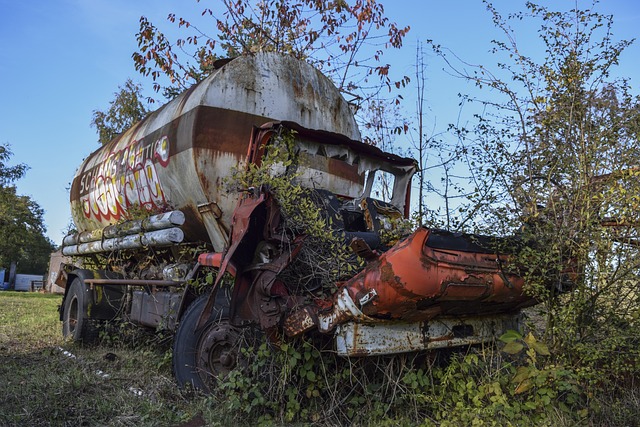
Rehabilitation is a crucial step in recovering from bike accidents that result in broken bones. Once the initial healing phase is complete, individuals should expect a period of intensive physical therapy to regain strength and mobility. This process involves tailored exercises to strengthen muscles around the affected area, improve joint flexibility, and restore range of motion. Physical therapists will guide patients through progressive exercises, ensuring they safely build up their endurance for daily activities and sporting pursuits.
Returning to active living after such an incident requires patience and perseverance. It’s essential to follow a structured rehabilitation plan designed by healthcare professionals, who can provide guidance tailored to the individual’s needs. As one progresses, they may transition from supervised therapy sessions to at-home exercises, eventually aiming to regain full functionality. This journey back to activity is not just about healing but also about rebuilding confidence and independence, ensuring individuals can navigate their daily routines and, in time, resume active lifestyles without limitations.
After a bike accident involving broken bones, understanding the healing process is crucial for a successful recovery. The physical healing of bones takes time and proper care, but psychological support is equally vital to navigate the emotional challenges that often accompany such injuries. Rehabilitation plays a game-changer role in helping individuals regain mobility and return to their active lifestyles. With dedicated therapy and a structured plan, those affected can expect to make a full metamorphosis from recovery to resurgence, ensuring they dance through life with resilience and renewed vigor.



